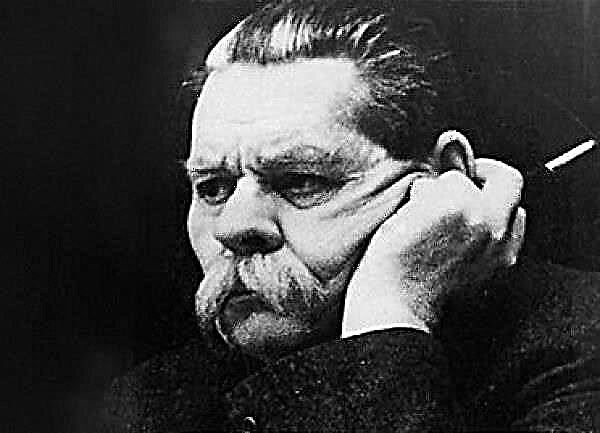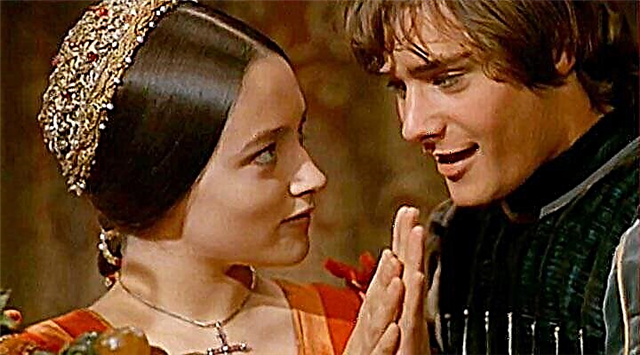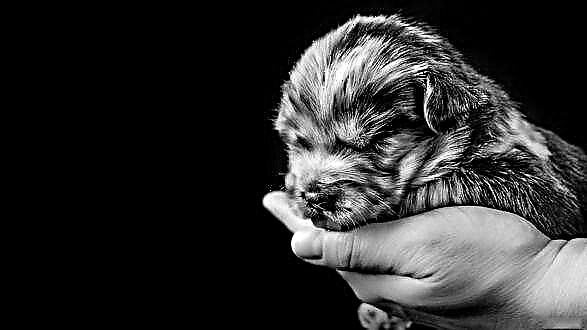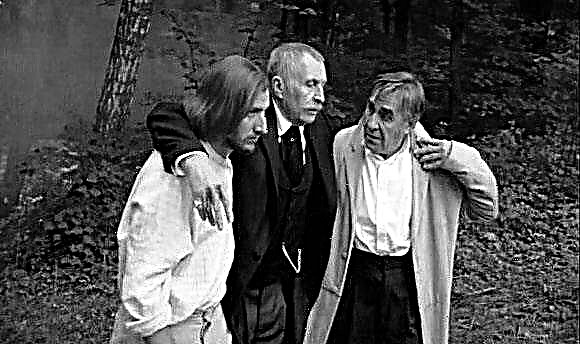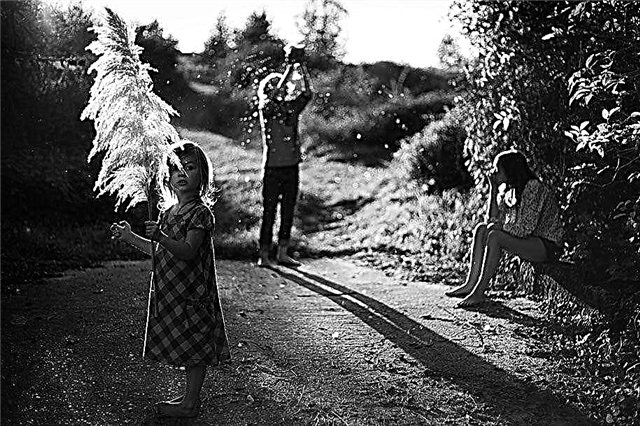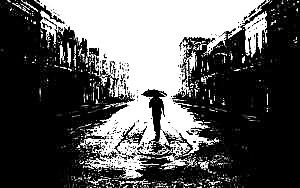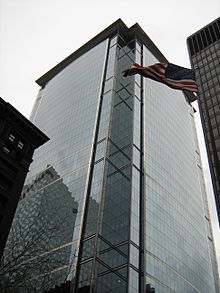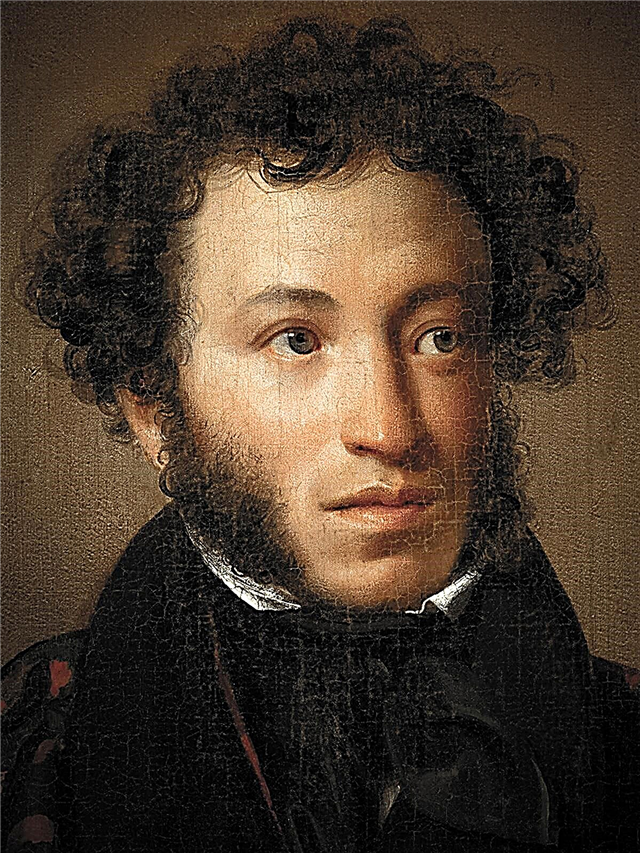At the beginning of his career, Mikhail Yurievich Lermontov honed his writing skills, devoting his lines to nature. Later, in his works, the author will hardly address this topic. The world around will be like a background in his works. However, in this early poem, autumn became the main character.
History of creation
The poem Autumn is one of the poet’s first poems, written in 1828. Only the first lines of the work are preserved, since the second page with the continuation was torn out.
As you know, Lermontov was a lonely and reserved person, so the autumn season always aroused a special thrill in his heart. Being the owner of poor health, he often rested in resort towns and observed the life of their inhabitants from the side, tormented by boredom. Autumn is the time to harvest when the peasants work tirelessly. This time the young poet sang, observing the contrasts of the time of the year: intense and still hot days and a cool, languid night, full of mystical creatures seeking to find shelter in it.
Genre, direction, rhyme
The genre of this poem refers to descriptive lyrics. Lermontov draws the image of the passing summer and its successive autumn. The poet's work was sustained in the traditions of romanticism.
Throughout the poetic system, a cross rhyme is preserved. With this type of rhyme, the first and third lines are combined in pairs in sound. This passage is written in four-footed chorea.
Leaves in the field turned yellow
And they spin and fly;
Only in the forest ponkisha ate
Gloomy greens are stored.
Composition
It is very difficult to say anything concrete about the compositional structure of the poem, since it is not finished. But if we consider what is available, then it is quite possible to assume that the author uses the ring method of composition; This is evidenced by the same beginning and end of the work.
Leaves in field turned yellow
And they spin and fly;
……
The night is dim and field
Through the fog, only silver.
Images and Symbols
The lyrical hero in the poem is Lermontov himself. He paints autumn as he sees it. For the author, this time of year is the darkest time. The images of the brave beast and the plowman in the plot enhance the feeling of coldness and estrangement at the sight of autumn nature.
There are also images of autumn and night. The time of year appears before us sometimes withering, fear and sadness. The trees lose their foliage, the evergreen needles create a feeling of mourning. Even the beast loses its temper at the sight of a thickening night, which, with its icy breath, portends winter.
Themes and mood
With perfect accuracy, Lermontov was able to convey with the help of rhyme and expressive means the feeling of loss that a person experiences when he realizes that summer has passed. Violent colors of heat are replaced by dark, gloomy colors of autumn. So here the theme of nature embodied, which changes the outfit.
The poem gives a cloudy mood, which makes a person warmly wrap themselves in their clothes, plunging into a chair. Autumn takes possession and drives people out of the streets with its cold. The whole surrounding world meets a new mistress with fear and trembling in her body. The world is quietly and slowly dying in order to be reborn again in the spring.
Meaning
Everyone defines the meaning of the poem “Autumn” for himself. Someone may notice here the confrontation of two eternal principles - life and death. Someone can define it as a harmonious combination of changing seasons. We cannot know what the main idea of the author is, we can only assume that he felt and thought, writing this sketch.
In my opinion, the main idea of this poem is the eternal cycle of events, which inevitably follows from light to shadow and vice versa. Death and withering are necessary for the birth of a new life, it is nature that is the main guardian of this law. In her, the funeral procession takes place sadly and gloomily, but majestically, naturally and even beautifully, which is why autumn attracts the eyes of the artist and the poet.
Means of artistic expression
Mikhail Yuryevich Lermontov portrayed nature in a beautiful and concise language, using simple but colorful means of expression. For example, the metaphors “field silver” and “spruce store greens”.
Also, the poem is filled with such epithets as: drooping spruce, gloomy greens, overhanging cliff, midday labors, dull month. In the work there is a path personification: "the leaves are spinning and flying," "they ate the gloomy greens."


